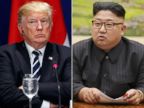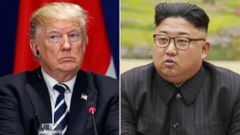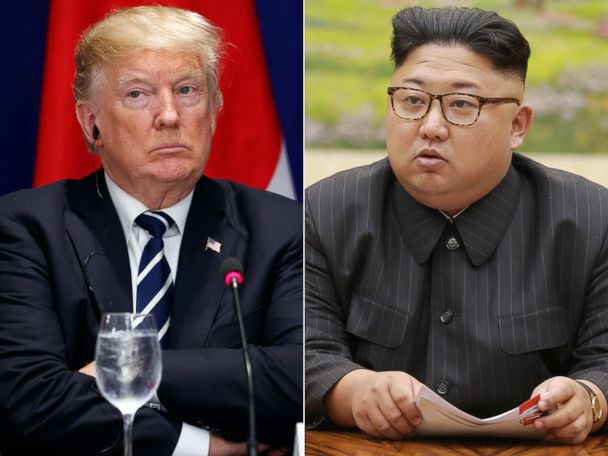





Though President Donald Trump is on a high-profile visit to Asia this week, North Korea has refrained from testing another ballistic missile or nuclear bomb, making this the longest period of time in which the regime has not conducted a test since Trump took office.
Is it a sign the administration’s approach to North Korea is working, even as Washington and Pyongyang continue to exchange volleys in a war of words?
North Korea tested its first missile just 22 days after Trump was inaugurated on Jan. 20. Between March and May, the regime was conducting tests approximately every one to two weeks.
It has been 56 days since North Korea’s last ballistic missile test — an intermediate-range KN-17 that flew over the Japanese island of Hokkaido.
As Trump has made his way through South Korea, Japan and China this week — touting the strength of the U.S. alliance and commanding North Korea to “not try us” — the regime has remained quiet.
In his address to the South Korean National Assembly this week, Trump directly spoke to North Korean leader Kim Jong Un, telling him his weapons are putting his country in “grave danger.”
“North Korea is not the paradise your grandfather envisioned. It is a hell that no person deserves,” Trump said.
Shortly after that speech, North Korean officials told CNN, “We don’t care about what that mad dog may utter,” referring to Trump.
It’s a continuation in the ongoing war of words, even as the regime’s missile test have noticeably paused — a surprising development given that North Korea has often followed these verbal spars with threats and missile tests.
On Aug. 8, Trump threatened the regime with “fire and fury like the world has never seen,” leading Kim to say he would consider sending missiles into the waters off the coast of Guam in “mid-August.”
Several weeks later, North Korea fired three short-range ballistic missiles, not toward Guam, but rather into the Sea of Japan.
In other instances, tests have followed high-profile visits from U.S. officials.
In March, the regime tested mobile-launched missiles a week after Secretary of State Rex Tillerson’s trip to Asia. In April, they tested a KN-17 missile as Vice President Mike Pence was en route to South Korea.
But, there was no test when Secretary of Defense James Mattis traveled through Asia at end of October, nor a test pegged to Trump’s trip there now … so far.
“They [North Korea] likely understand that — unlike visits of high-level officials — to do an ICBM while the president is in the region is a bigger gamble,” said Jenny Town, managing editor of 38 North, a website devoted to analysis on North Korea.
Town told ABC News that if Pyongyang conducted a test during or following Trump’s trip, it would likely be with a Hwasong-14, what the U.S. refers to as the KN-20 — a two-stage intercontinental ballistic missile (ICBM).
That test would be the 15th ballistic missile test since Trump took office, and the first since September.
The Trump administration has said all military options remain on the table when dealing with the North Korean threat, but top U.S. officials have consistently emphasized the U.S. is pursuing a diplomatically led effort, including additional economic pressure.
Trump has at times expressed impatience with that effort, but this week, he seemed to back away from “fire and fury,” instead expressing hope for diplomacy.
“I really believe that it makes sense for North Korea to come to the table and to make a deal,” Trump said in a press conference with South Korean President Moon Jae-in.
“Ultimately, it’ll all work out,” Trump added.
In the White House briefing room last week, Trump’s national security adviser H.R. McMaster told reporters the administration would wait “a few months” before reassessing their strategy.
“I think we have to be a little patient here for at least a few months to see what more we and others can do, including China,” McMaster said. “I don’t think we need to reassess our strategy now. I think we have to give it a couple of months, a few months, and then see what adjustments we might need to make.”
But the administration shouldn’t be too quick to praise North Korea’s restraint.
Three days after Tillerson said he was “pleased to see that the regime in Pyongyang has certainly demonstrated some level of restraint that we’ve not seen in the past,” North Korea fired three short-range ballistic missiles into the Sea of Japan.
ABC News’ Luis Martinez contributed to this report.

